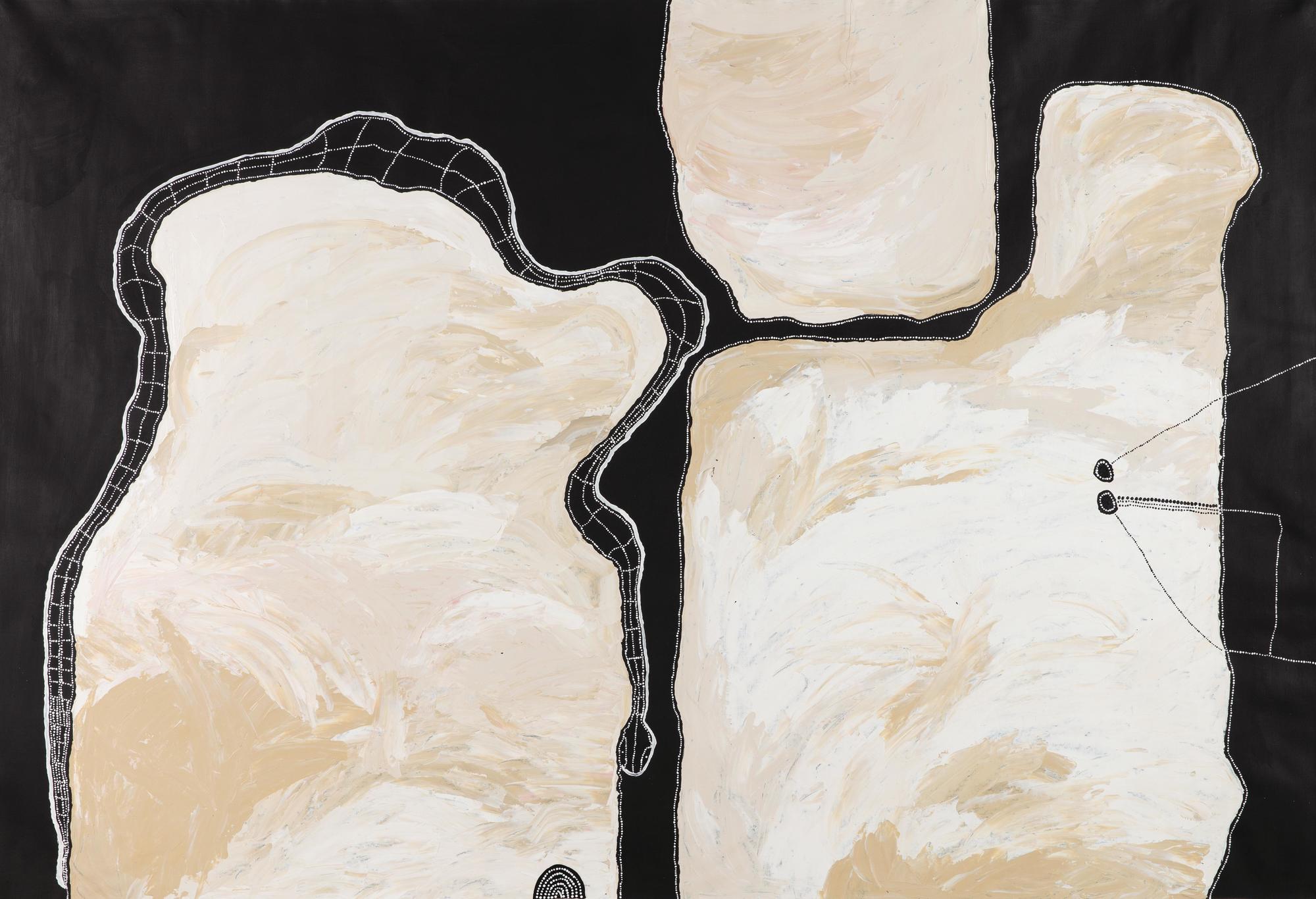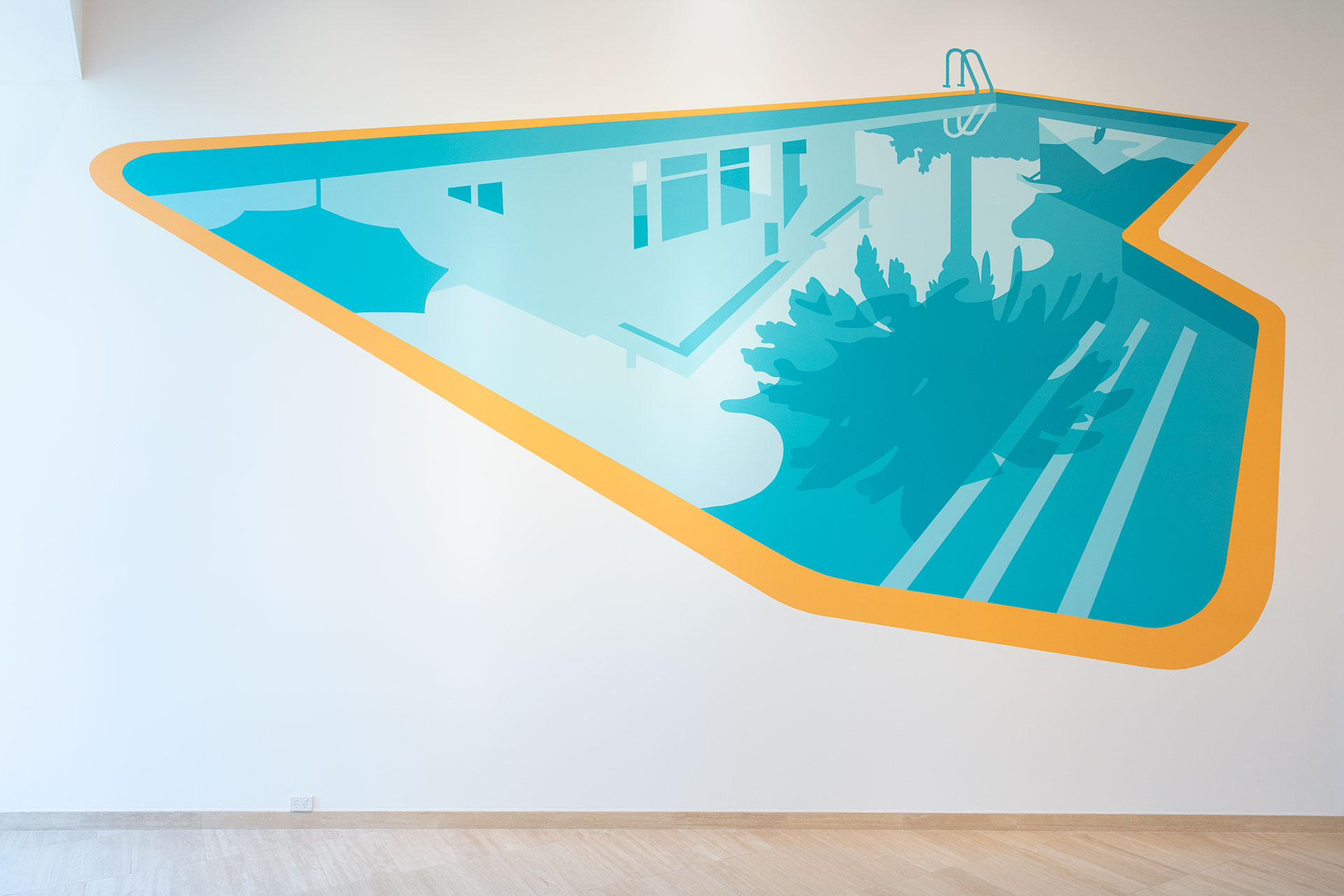Meet the duo behind artistic collective “IXIII”
IXIII is a vehicle for self-expression and community, through which founders Isaac Garang and Luel de Kuék explore both their memories of home in East Africa and their everyday experiences as young men in Western Australia.
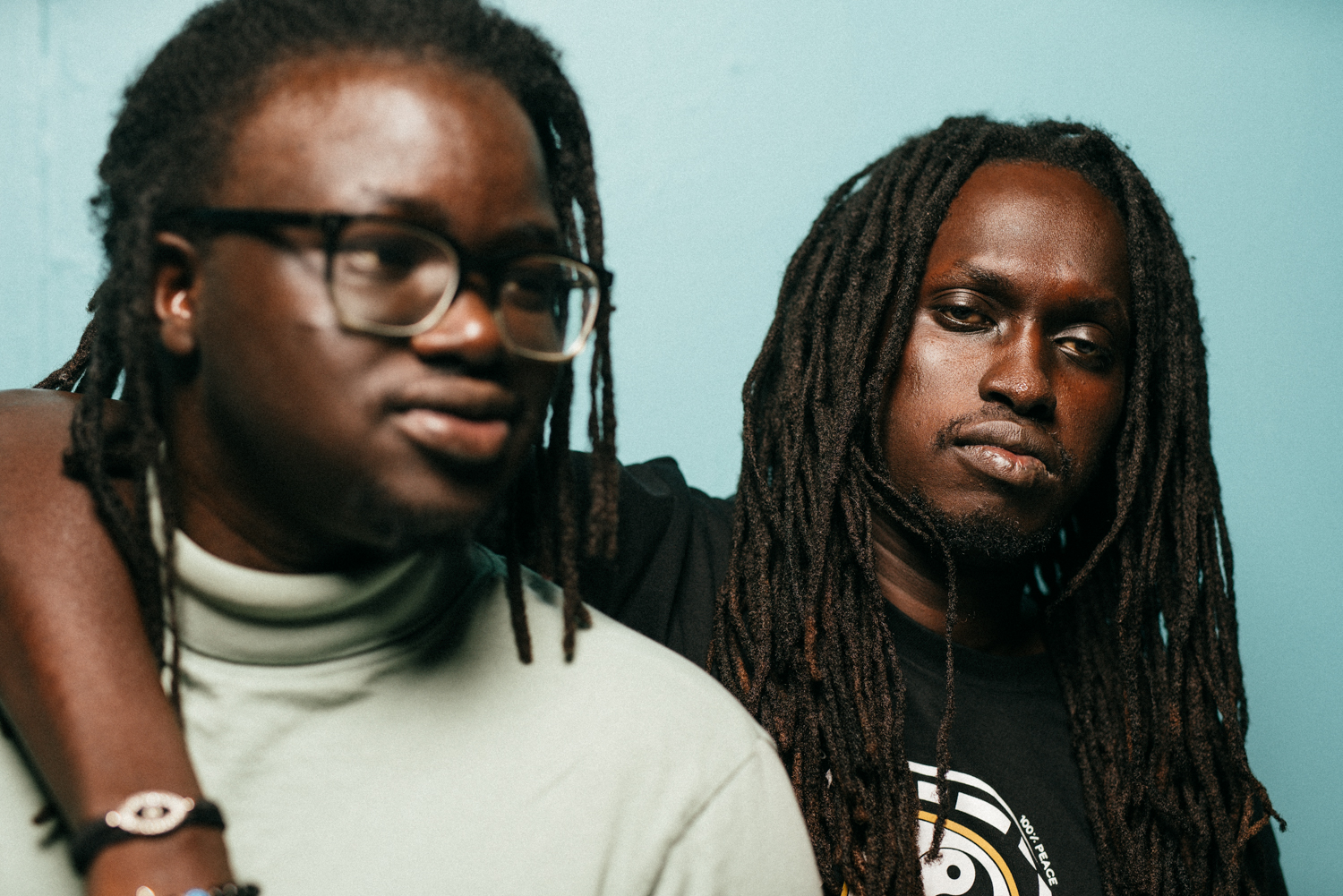
ON A CHILLY Saturday morning in August, I meet the artists Isaac Garang and Luel de Kuék at the Dome in Ellenbrook. The sun is out, and the shopping centre sparkles. Everything is new and freshly laid out. It has the appearance of a place that is not yet fully settled. It’s not just the shops that are new; it’s the roads and infrastructure too, and the houses. In Ellenbrook, you can see where Perth used to be bush. The yellow sand has not yet been buried by concrete and glass.
De Kuék is 30 and Garang is “a few years younger”, he says. Both were born in South Sudan and came to Perth when they were much younger; de Kuék when he was 10, in 2002, and Garang in 2006 when he was 13. Together, they run IXIII, the artistic vehicle they use to make videos and posters, host events and design and sell clothes. Their trademark imagery is stark and bright with large lettering conveying messages that are simple but complex.
Garang is wearing a black and yellow beanie bearing the word “Butter”. Everything else about how he is dressed is nondescript, as though he’s totally unconcerned about how he looks. It underscores the point he will make when we talk, which is he is motivated by ideas rather than fashion. As he notes, “the clothing label is just a tool”.
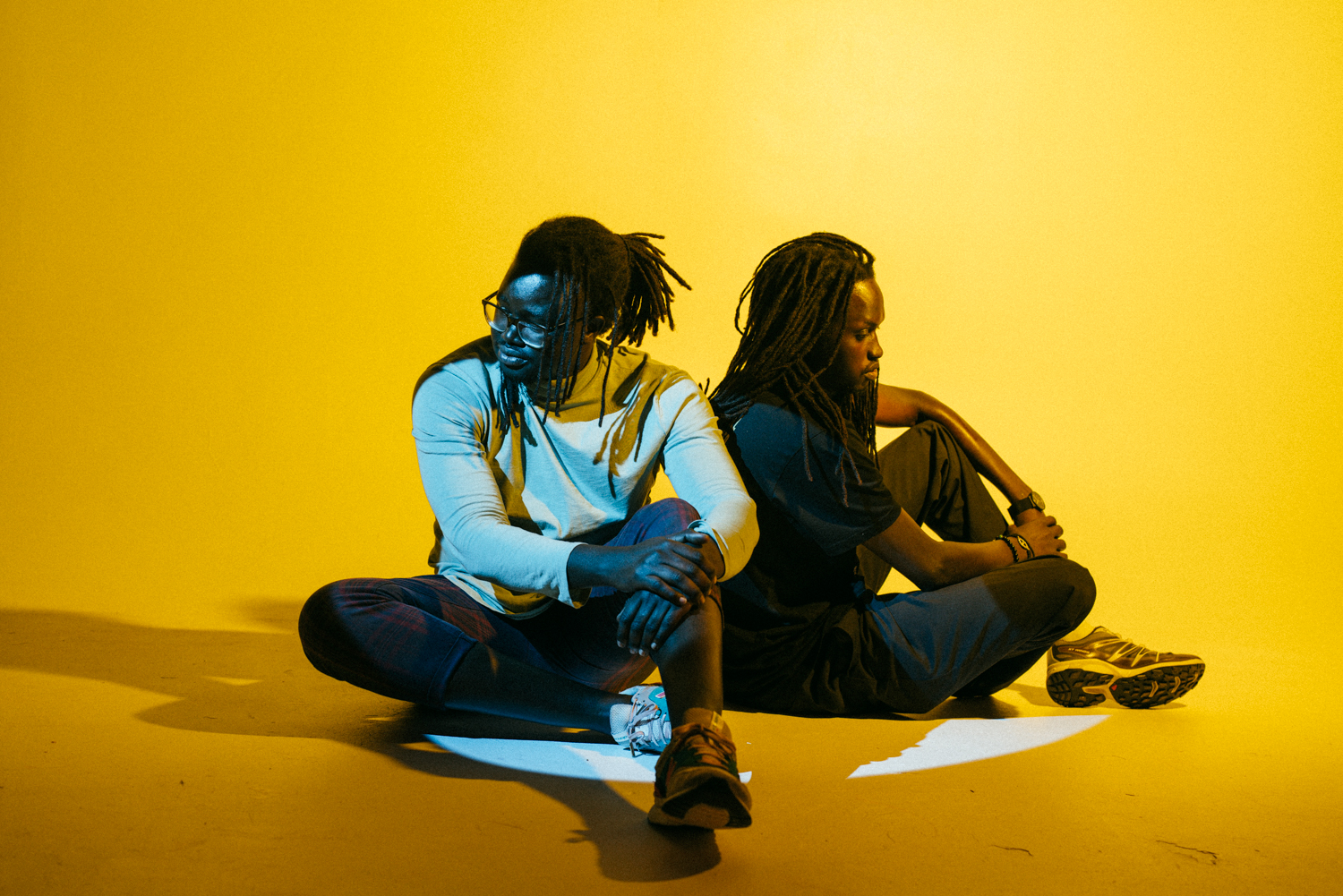
Garang is an abstract thinker and his art borrows from an eclectic mix of sources. It’s obvious that he’s inspired by everything from the Bible to hip hop artists like Lupe Fiasco, whose music he admires. I’m not surprised when Garang mentions Fiasco, because he has some of the rapper’s energy; the angst, the wry humour, the Black skater boy sensibilities of joy and melancholic intensity. Like Fiasco, Garang seems to be “just a rebel looking for a place to be”. He thinks in circles. It is easy to get lost when he talks sometimes but he’s comfortable speaking in riddles—it’s part of the power of his art.
If Garang’s processes are circular, de Kuék—with his thick locks and his easy laugh—is attached to straight lines. He explains that he is the pragmatist, and Garang is the dreamer. As a graphic designer who loved maths and science in high school, de Kuék says he likes linear thinking and symmetry. And yet there is nothing strait-laced about his appearance. De Kuék gives off early Tribe Called Quest vibes. He wears his intelligence lightly, but it is obvious that he is proud of who he is, and of his ability to think deeply.
He learned not to apologise for his interests when he moved to Australia. De Kuék’s family enrolled him in primary school at John Septimus Roe Anglican Community School (JSR) in Mirrabooka and he stayed there until he finished high school. There were no other African kids when he got to the school and he says he spent most of his time there being “the first Black student to do this, or the first to do that”.
If Garang’s processes are circular, de Kuék—with his thick locks and his easy laugh—is attached to straight lines. He explains that he is the pragmatist, and Garang is the dreamer.
By the time he was in his early teens, de Kuék had decided he wasn’t going to be constrained by being an object of constant attention on the basis of his skin colour. “One of the reasons why even today, I’m not afraid to try new things is when I was at school, I was always the new kid, so I was always doing that,” he says. He stopped worrying what people thought he should or shouldn’t do.
De Kuék shares this strong sense of internal drive with Garang, whose family lived in Uganda before emigrating when he was 13. Garang’s mum enrolled him at Aranmore Catholic College, which is the most ethnically diverse school in Western Australia. There were Maori kids, a large Asian population, and a significant number of students from South Sudan.
At Aranmore, nobody stood out based on their skin colour, so Garang didn’t need to worry about the kind of surface-level visibility that can be distracting for a young Black person who is trying to figure out how to navigate a new society. Being part of the crowd had the same effect on Garang that being the only one had on de Kuék—it made it easier for him to be himself. For de Kuék, looking different from everyone else freed him. For Garang, not having his Blackness be front-and-centre at school meant he was able to stand out for what he was good at, not what he looked like.
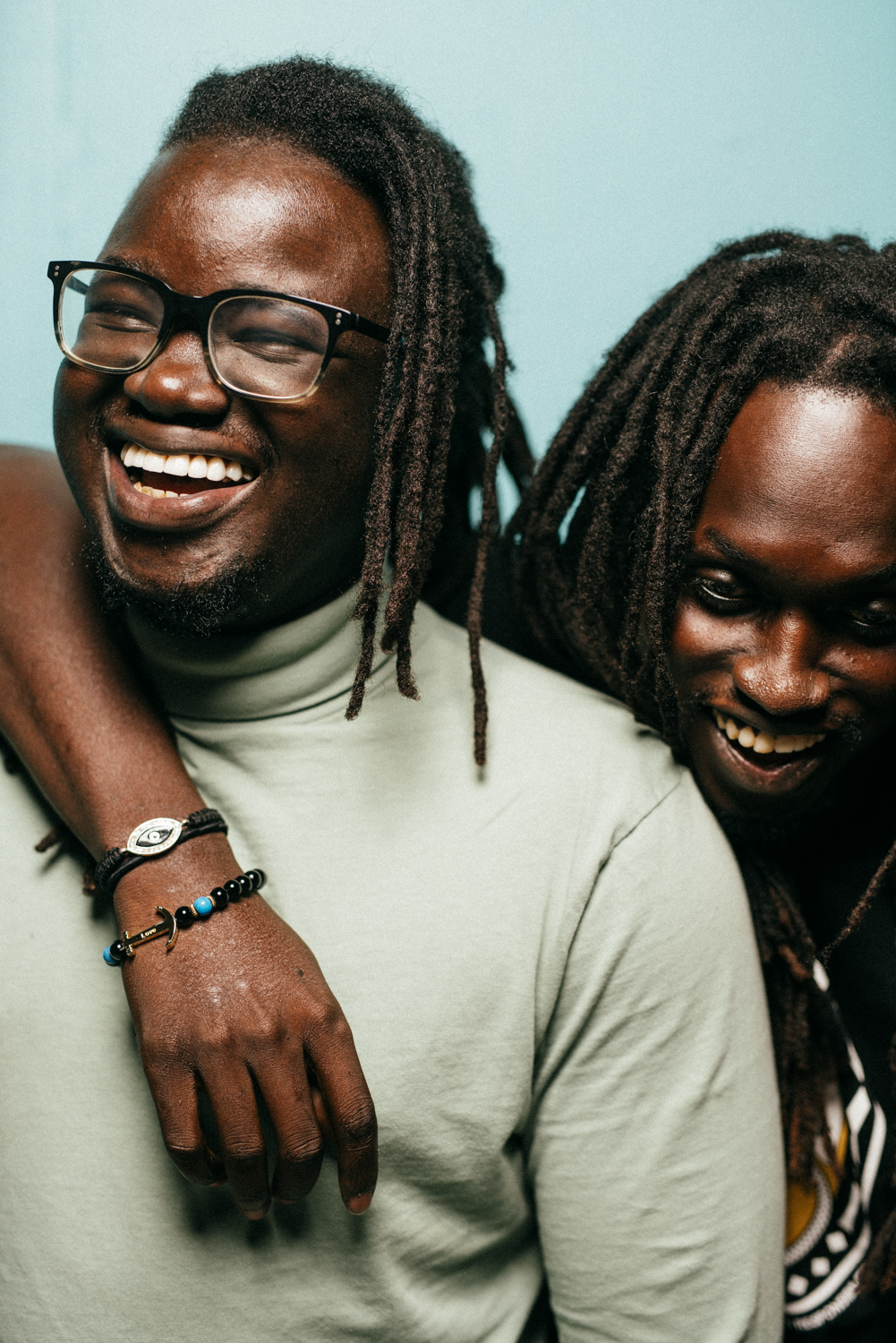
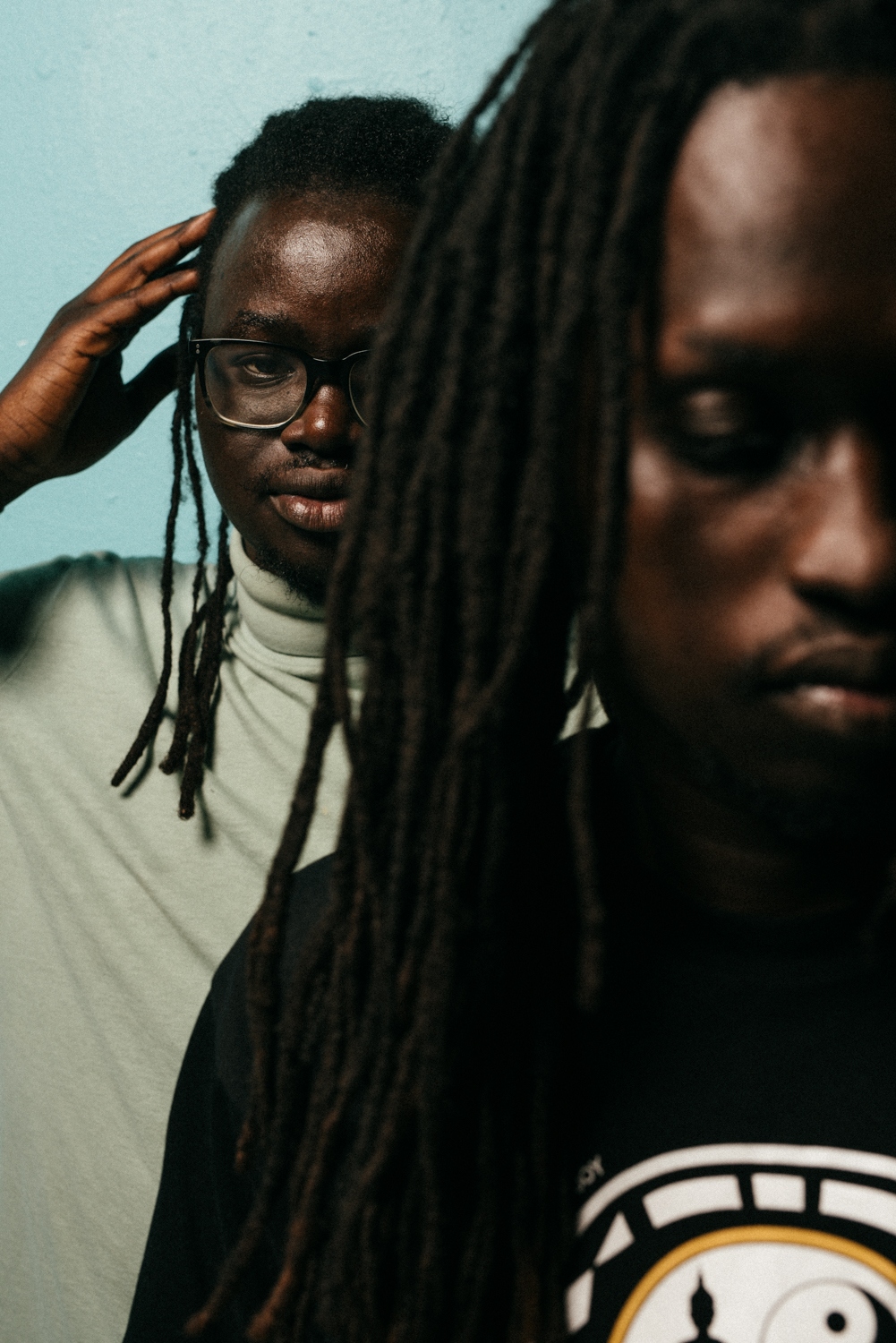
It wasn’t easy though. Both have memories of being overwhelmed at times by how much emphasis people put on race. As part of the wave of Dinka-speaking kids who arrived in Australia in the first decade of the millennium, they had one foot in East Africa even as they were figuring out what it meant to live in a new place. These kids would meet every Sunday at the church in Mirrabooka that is attached to JSR. It offered a Dinka service, so lots of families would attend and afterwards, the kids would gather in the church’s playground and hang out. It was the early 2000s and they forged bonds that remain strong even today.
Garang and de Kuék are part of the generation of South Sudanese across the country who are now making a name for themselves, beginning to be a visible and vocal force in public affairs. The two speak briefly about Aussie Olympian Peter Bol, who they know, and de Kuék laughs, remembering how many times he was asked why he doesn’t do athletics. Stereotypes about what Black men are supposed to be loom large, but they both shrug these off.
“We have always felt strongly about where we are from,” Garang says. “We live in Australia, we have to embrace where we are as well as where we are from. So, we have formed a unique identity. I’m not special, but I’m unique. The person I am today is made up of all these places I have been.”
Much of their art centres on the intersection between their memories of growing up in Kampala, Nairobi and Perth, and their day-to-day experiences now as young men navigating spaces in WA, where the colour of their skin often shapes how they are perceived. Their images on Instagram depict this reality in grainy, savvy ways.
“We have always felt strongly about where we are from,” Garang says. “We live in Australia, we have to embrace where we are as well as where we are from. So, we have formed a unique identity. I’m not special, but I’m unique. The person I am today is made up of all these places I have been.”
Their models are African youths who have green hair or wear hijab and shorts and lie across one another on dark couches looking like they are at a Brooklyn basement party. But they are not in America, they are here, and there is something poignantly effortless in the way they hold themselves. They are comfortable in a place that isn’t always comfortable with them.
This kind of work joins that of other South Sudanese young people making here the coolest place to be. The Black American writer James Baldwin wrote, “The place in which I’ll fit will not exist until I make it”. Garang and de Kuék’s art is a manifestation of this notion. Their work acknowledges the reality of racism that was Baldwin’s lifelong nightmare but manages to avoid the traps Toni Morrison lays out when she explains how to write for yourself.
In Morrison’s view: “The function, the very serious function of racism is distraction. It keeps you from doing your work. It keeps you explaining, over and over again, your reason for being. Somebody says you have no language and you spend 20 years proving that you do. Somebody says your head isn’t shaped properly so you have scientists working on the fact that it is. Somebody says you have no art, so you dredge that up. Somebody says you have no kingdoms, so you dredge that up. None of this is necessary.”
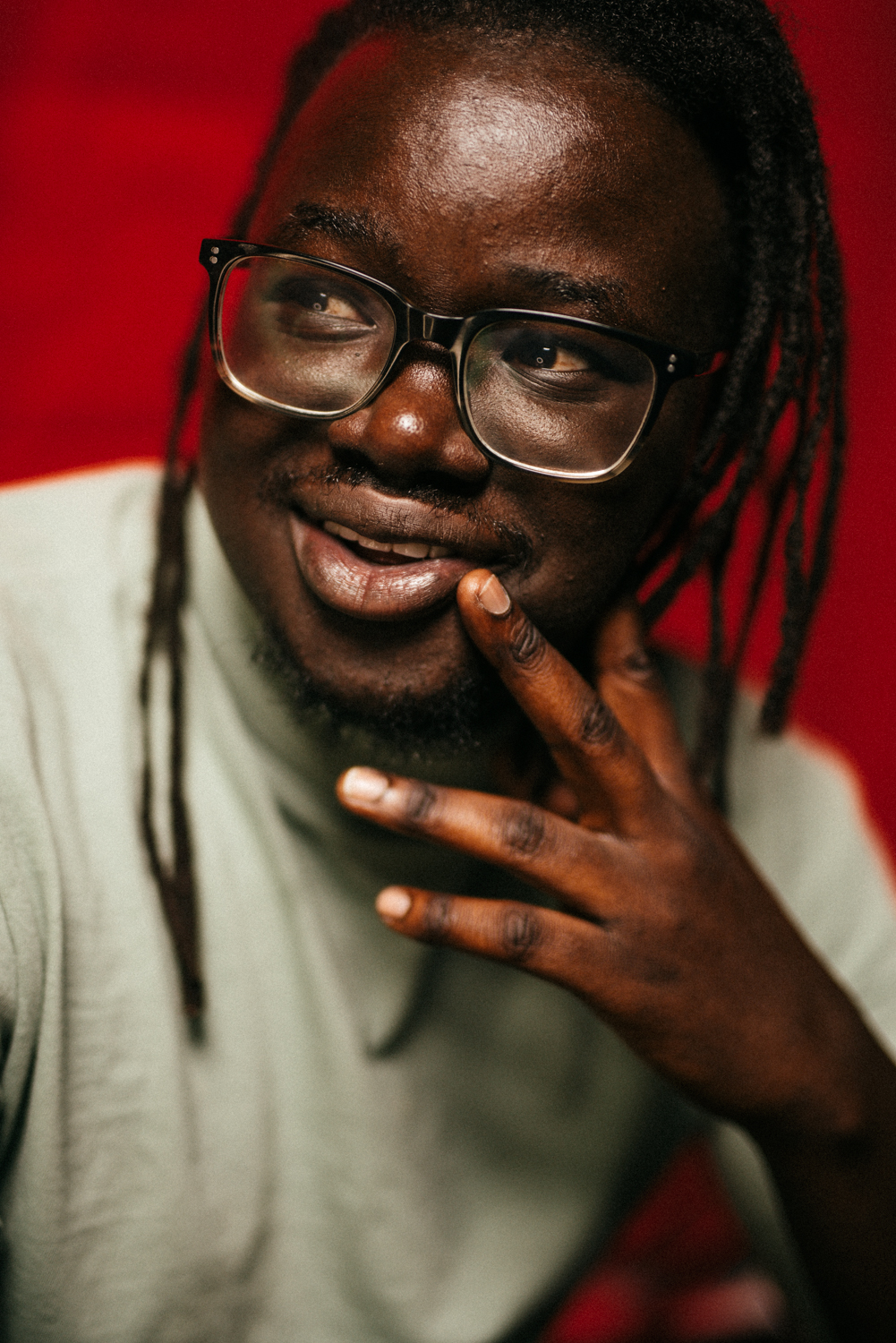
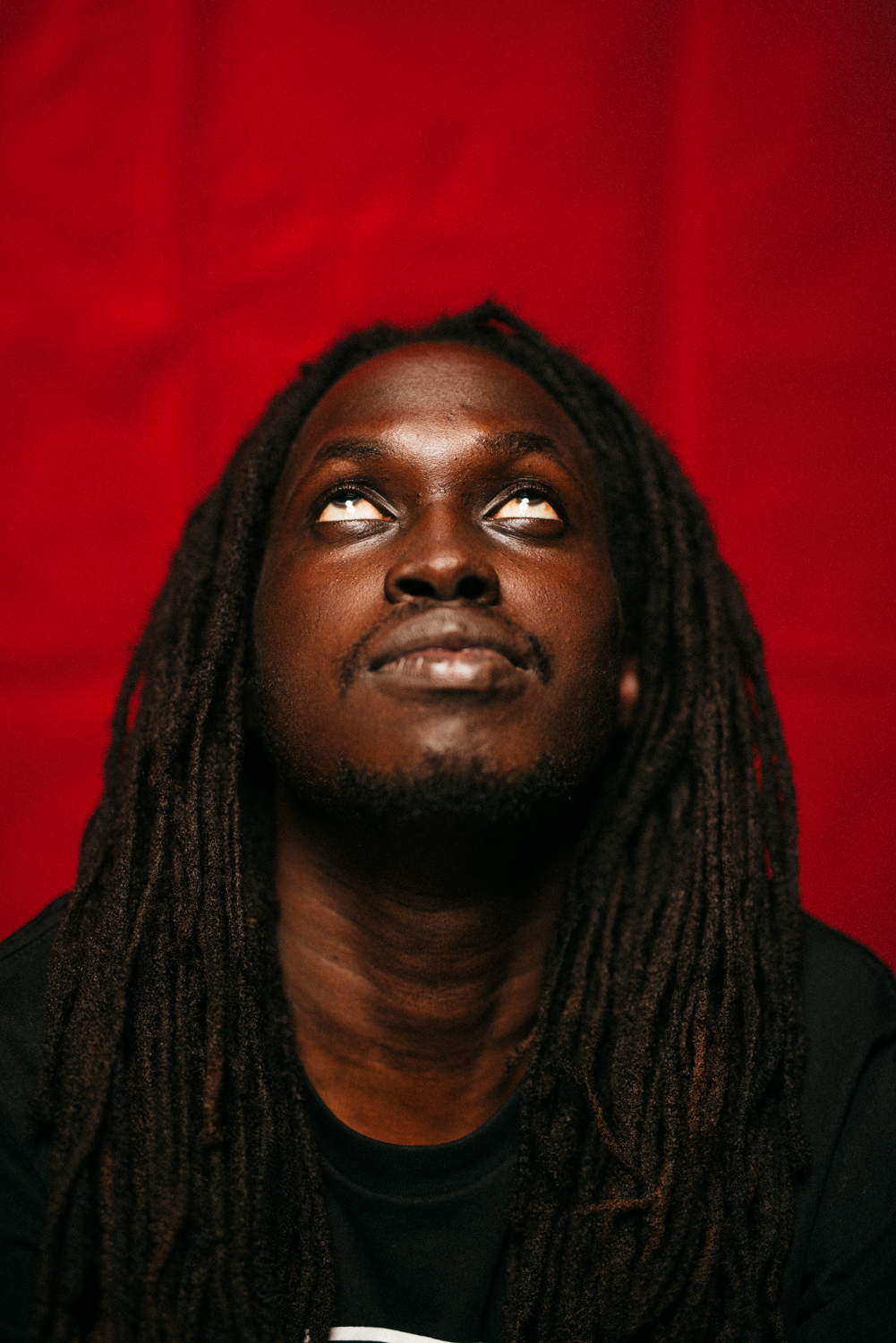
Instead, Garang and de Kuék are simply making art. They have learned to take everyday symbols and turn them inside out. In one of their designs for example, they have refashioned the logo of the Italian car manufacturer, Maserati. The fancy M has been subverted; it’s the first letter in the word “Midland”, a Perth suburb where many South Sudanese have made their homes.
Similarly, they have redesigned the apple in the computer company logo we have all come to know so well and put it on a t-shirt. Instead of a pristine and shiny fruit, with a small bite missing, the IXIII apple is rotten and riddled with snakes. It calls to mind the garden of Eden—sin and technology and the downfall of humanity in one neat image.
Garang and de Kuék’s art relies on interpellation; it uses the shared grammar of popular culture. They are as much insiders as they are outsiders in this society and so they know what the viewer knows, and much, much more. They have access to Dinka poetry and the flavours of East African cuisine and they have the memories of that church in Mirrabooka with its playground, and the safe spaces their mums and aunts have carved out for them on either side of the Indian Ocean.
Garang and de Kuék ... have access to Dinka poetry and the flavours of East African cuisine and they have the memories of that church in Mirrabooka with its playground, and the safe spaces their mums and aunts have carved out for them on either side of the Indian Ocean.
One of IXIII’s sweatshirts reads, “BOS: Bank of South Sudan”. It is a nod to the fact that—regardless of where she lives—the South Sudanese youth who wears this t-shirt on her back probably contributes to the economy of her home country. She may not live there but she is part of the wealth of that nation. To the casual observer, South Sudan can’t possibly have a bank—it is too “Third World”. But like much of Garang and de Kuék’s art, the shirt is a comment on how to think about the assets that reside in communities.
If you catch the meaning, it’s because you’ve decided not to clutch your purse and run away. It’s because you’ve allowed yourself to step in and read the words. In other words, if you get the message, it’s because you know you’re looking at the memory of kingdoms sketched on a mobile canvas.
This article was first published in the print publication The View From Here in October 2021 under the title Of Memories & Kingdoms.
